
Filed Under: News with 0 Comments
On Saturday the 21st of August the “SLIEVENAMON VINTAGE TRACTOR CLUB” will hold the “Slievenamon Mountain Road Run” and on Sunday22nd they will hold their annual Rally in Mullinahone Co. Tipperary. For more details contact 051 648277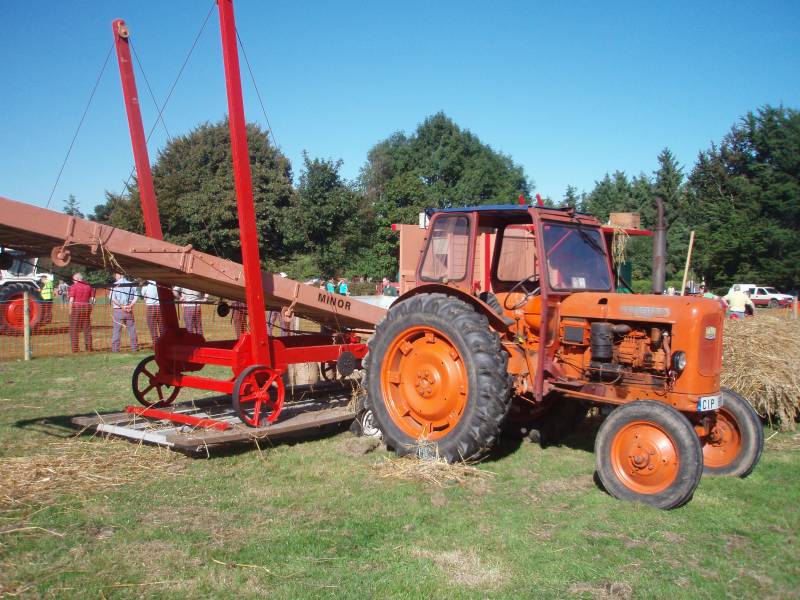
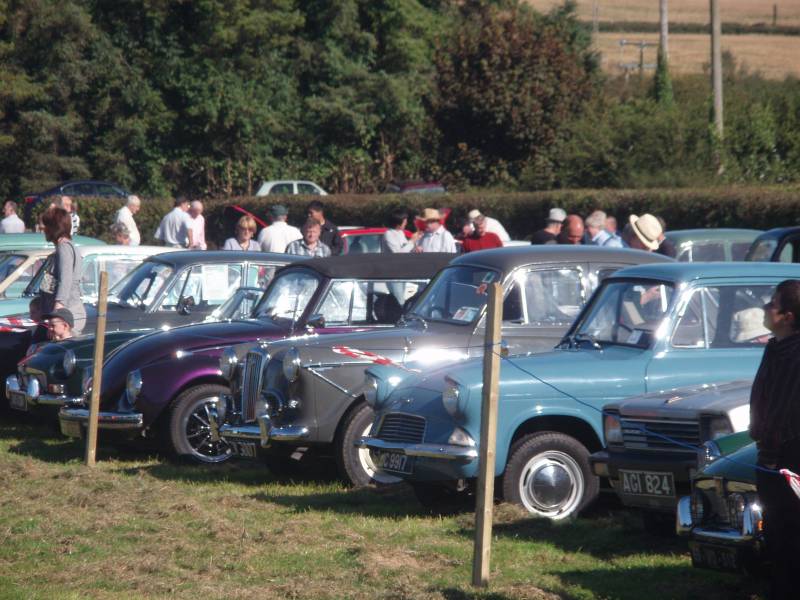
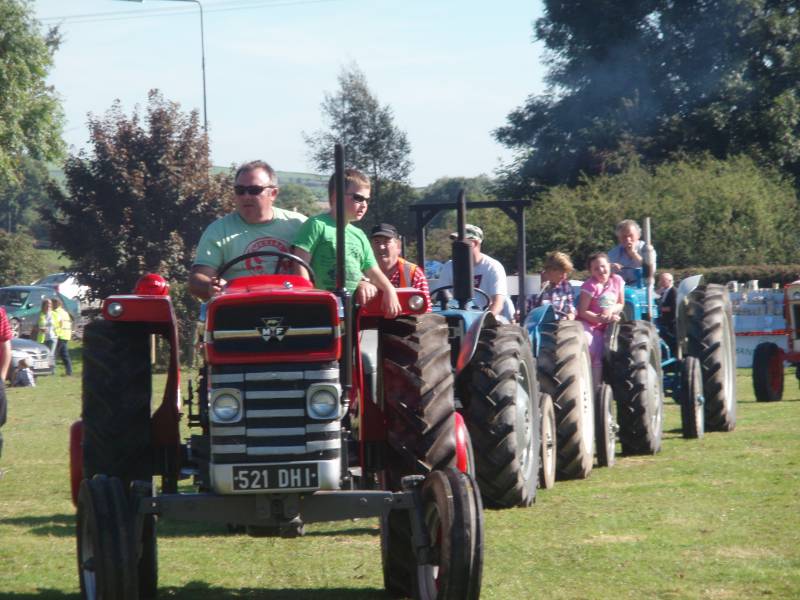
Filed Under: News with 0 Comments
Karl Conway karlconwaymusic@gmail.com
Filed Under: News with 0 Comments
Hi,
Filed Under: News with 0 Comments
GOOD SHOW IN CALLAN FOR FESTIVAL MORE PHOTOS IN “GALLERY PAGE”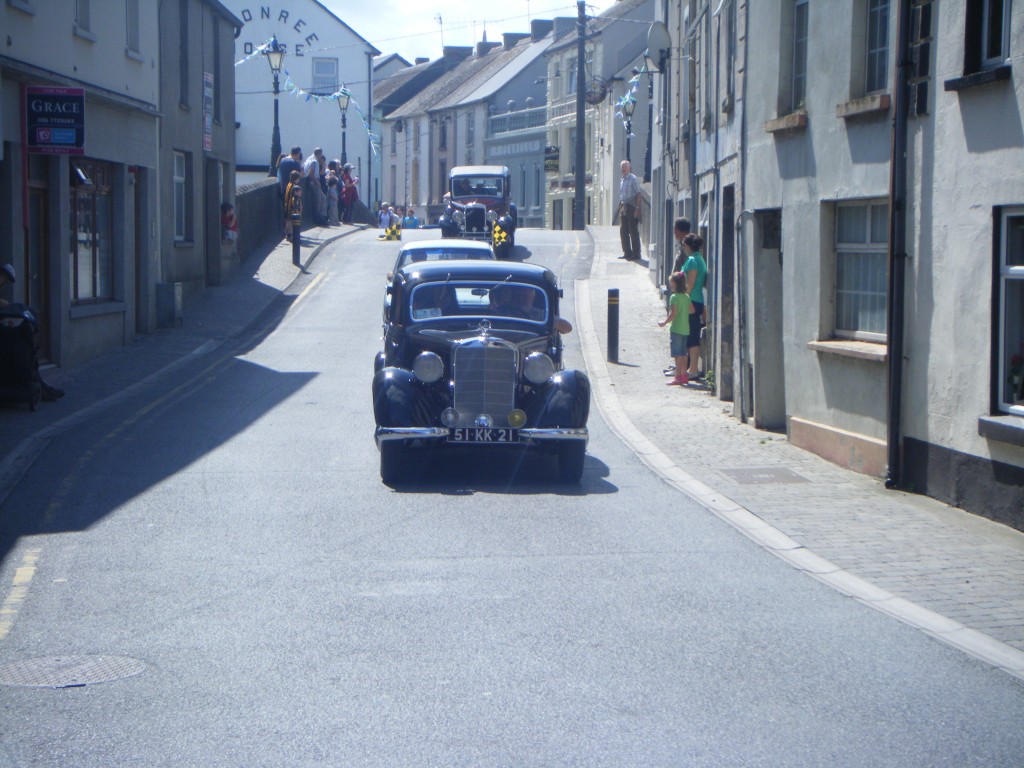

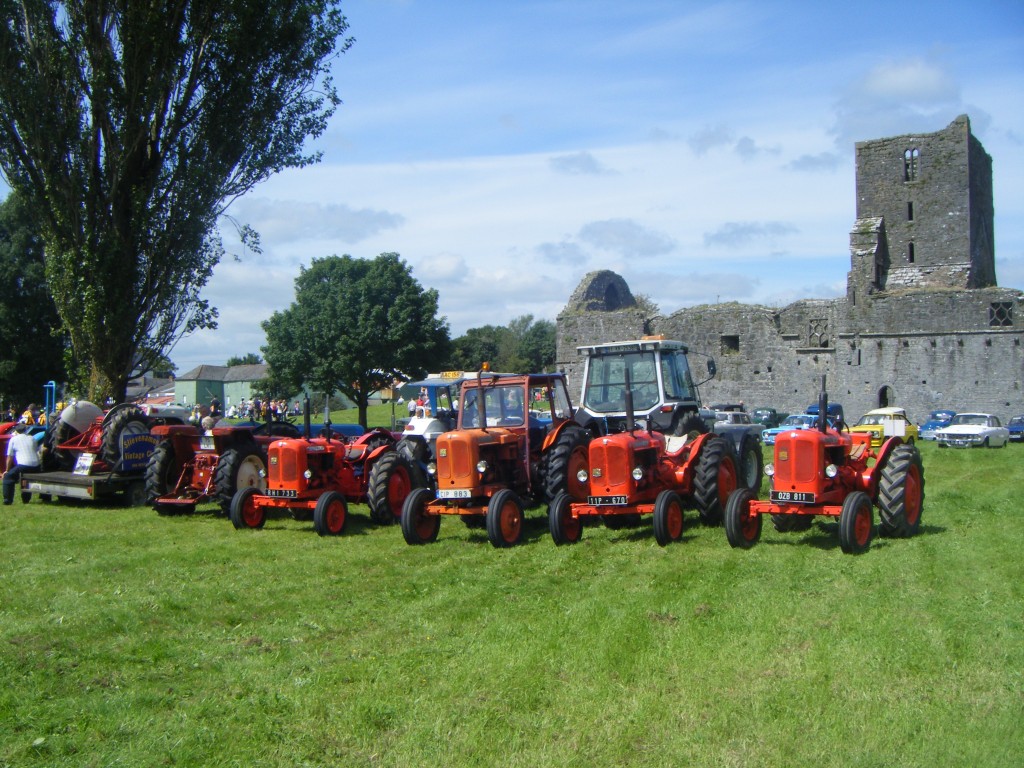
Filed Under: News with 0 Comments
THE CAMBRIDGE OXFORD OWNERS CLUB IRISH BRANCH WILL HAVE A CLUB STAND AT “DANESFORT 2010” . ALL OWNERS OF CAMBRIDGE/ OXFORDS ARE WELCOME TO JOIN THEM ON THIS DAY . FOR MORE DETAILS CONTACT SHANE CONWAY ON 086 8243818 OR email shaneconway63@iolfree.ie
The Farina range – a brief history
The British Motor Corporation launched the fin-tailed Farina designed, four door, four cylinder engined family saloon just over 50 years ago, in October 1958 with the Austin A55 Mark 2. This was soon joined by the Morris Oxford series 5, Wolseley 15/60, MG Magnette Mk. 3 and Riley 4/Sixty Eight. All were powered by a 1489 c.c. version of the BMC “B” series petrol engine, the MG and Riley having twin carburettors. An estate car version of the Morris (Traveller) and Austin (Countryman) was offered from 1960.

In late 1961, the entire range was updated, including a 1622 c.c. engine, and softer body lines, especially around the rear wings. By 1962 the new range was on sale, and it now included a 1489 c.c. diesel powered version of the Cambridge (A60) and Oxford (series 6) saloon. The other cars had become Wolseley 16/60, MG Magnette Mk. 4, and Riley 4/Seventy Two. In 1966 BMC apprentices also produced a one off Wolseley estate and either an MG or a Riley version as well. While neither of these are thought to exist now, an A60 Countryman was modified into a Wolseley estate replica during the 1980s, and another A60 was “Magnetteized” during 2008. The photo above depicts a montage of various versions of the British and Irish versions of these cars. For other markets local variants were produced, such as the six cylinder Austin Freeway and Wolseley 24/80 in Australia, and the Riley inspired Di Tella 1500 saloon, estate and commercials in Argentina.
In total it’s estimated that around one million of these cars were produced in all its various forms between 1958 and 1971, many of them for export. By the end of the 1960s they had started to fade out of production, with the MG being the first casualty in April 1968. The Austin, Riley and Morris Traveller were dropped in 1969, and finally the Morris saloon and Wolseley in the spring of 1971. Not long after the MG version was deleted from the catalogue, Morris saloon KTP 761F and Austin A60 Countryman UYM 371F were registered in Plymouth and London respectively in May 1968, just three weeks apart. Years later these two vehicles would come into my life, but more of that later…..
French manufacturer Peugeot also used the same basic body shape as the basis for its 404 model. The 404 was of virtually the same length and engine size as the later BMC cars, and was in production from 1960 until 1975. However Peugeot also offered the 404 as a pick-up and a convertible, alongside the saloon and estate models, and went on to sell well over 2 million of them altogether.
BMC also offered what was described as an Austin A60 van and pick-up (as well as a Morris version), but in reality this was based on the pre Farina A50 shape car, albeit with the 1622 c.c. engine. The 1489 c.c. unit was also used by Shamrock, a short-lived Irish manufacturer, who produced five fibre-glass bodied left hand drive convertibles in 1962, apparently aimed at the U.S. market.
Celebrities who owned some of these cars included Winston Churchill (two Oxfords) and June Brown (of Eastenders fame) with an A60. Another A60 was used in the film “The Italian Job”, and a Wolseley 16/60 also made regular appearances in that long forgotten (hopefully!!) soap “Eldorado”. Former Coronation Street actor Johnny Briggs (Mike Baldwin) drove an A60 as a taxi in a couple of episodes of “The Brothers” in the early 1970s. And there was a scene in the Harry Worth (remember his famous “mid-air” trick reflection in the shop window?) show where his ageing “sit-up-and-beg” 1940s Ford Prefect was towed away and crushed, to be replaced by a new Cambridge. More recently, of course, Farinas of various types (and other cars and commercials) have been used as props (or “dressing cars”, to use the TV producers terminology) in the TV show Heartbeat from time to time, including one of the cars featured on this site.
Back in the 1960s and 1970s, I was growing up with a succession of these cars in our family. The first one I recall was a Mark V Oxford saloon, registered YZA 205. Sadly this one ended its life in wet conditions on a narrow Co. Wicklow road, following an altercation with a van on Kilmacanogue Bridge before that stretch of road was bypassed. Fortunately (other than a few cuts and bruises) no-one was injured, but only for that van things could have been much more tragic. The Oxford was replaced briefly by a Wolseley 16/60, possibly registered NZE 784, though I’m not certain on that one. After that came beige coloured JZE 11, an Austin A60 Countryman, which I recall had one headlight fitted with green glass to act as a fog-lamp. Despite the A60 being replaced by a Ford Anglia in 1973 or so, the memories remained with me, and I always hoped that one day I’d own one.
As an aside my copy of the Irish “Car Salesman’s Guide” (bought at an autojumble in 2005) dated March 1968 (just two months older than the cars featured on this site) makes interesting reading. The price listed for a new Morris Oxford at that time was £907 ex works including turnover and wholesale tax. Delivery and number plate charges varied from £3 to £16, depending on the import point of the car and its destination. The annual rate of road tax started at £16 5s for cars rated at 8 horsepower, going up to £37 10s for the 16 horsepower rating. On the second-hand side, trade in values for the Oxford ranged from £665 for a 1967 car with 18,000 miles, down to just £180 for the 1962 version. The same prices applied to the almost identical Austin Cambridge, while the Wolseley equivalent values were £999, £715, and £230. The cheapest new car then available was the Fiat 500 at £450, and the dearest one listed was the Mercedes 250SE deluxe, at a mere £2990.
ARTICLE TAKEN FROM “My BMC Farina 1622 cc website” by Shane Conway
Filed Under: News with 0 Comments
Filed Under: News with 0 Comments
Sat 7th & Sun 8th August
This years annual rally will be held on Sat 7th and Sun 8th of August. Saturdays rally will consist of Steam Road making, Steam Threshing, over 15 steam engines in action at Connollys cross and in the rally field. There will be a large model display with in excess of 1000 models on show, including steam engines, tractors, trucks, trains, fairground and much more. There will also be a craft display, displays of collections including a recreation 1940’s bedroom and kitchen. Sideshows & Refreshments will also be available. Sundays rally consists of all of the above, plus extra exhibitors that decide to only attend on the Sunday.
MORE DETAILS ON gowranvintage .com
Filed Under: News with 0 Comments
Do you realise the Hyundai Pony is now a classic, it was first produced in 1975 though it took a three year gap to arrive in the UK.
Hyundai is one of those conglomerate companies that make a bewildering number of items, suddenly they decided to make a Korean car, so they got George Turnball from Leyland, Mitsubishi and Ford for parts and then Girling and Burman in the Uk for more bits.
The design was Italian Giugiaro of Italdesign, well George Turnball was behind the Marina and Ital, probably wasn’t his fault they fell to pieces, hasn’t it happened to so many “bread and Butter” cars, delving into the past is revealing that all that glitters is not necessarily gold.
Onward, Mitsubishi designed engine you either got a 1238cc or 1439cc unit they pushed out 80 or with the later 92bhp, Stromberg Carbs fitted, 2 choke variety, the gearbox again was Mitsubishi as was the rear axle.
Surprisingly top speed was in the region of 92 to 97 mph and petrol consumption 30 -38 mpg, not bad for a four door family car in 1979, to stop they had front disc’s and rear drums, the ride would have been standard with independent front coils and semi elliptic springs at the rear.
On paper at least this seems a good buy, in reality though the body panels were wafer thin and would easily dent, but there again the market trend was this way so perhaps it is a bit unkind to comment.
Within two years a Pony 11 was launched, before going into this area Hyundai is now the fourth largest car maker in the world, with Nissan, Toyota and Honda leading the way,
Whilst I think it is important to acknowledge the cars that have come into the classic domain it does not necessarily make interesting copy, One of the problems is that cars in the main are world cars unfortunately different countries demand differing set up’s, the Pony was at one stage Canada’s top selling car, but you couldn’t buy it in the United States as it had not passed the emission standard, the Canadian version differed slightly from the European model.
January 1982 saw the rejuvenated Pony 11, apparently the sales brochure had the following incentives to encourage buyers, “new luxury rectangular halogen headlights, fitted to a smart new radiator grill, wrap round indicators and re-styled rear lamp clusters, neatly designed instrument panel and easy to read gauges, well does that mean the original car had a pigs ear of a dashboard and difficult to understand gauges?
1984 saw a 1439cc engine, 4/5 speed manual gearbox or 3 speed auto, there was a 1206cc engine, 1985 the door handles were blacked out and the wipers lost the chrome plating, however a chrome Hyundai badge appeared.
Also in 1985 a 1.6 engine with a hemispherical cross flow cylinder head with 2 valves per cylinder and a chain driven SOHC a two barrel downdraft carb fitted and the ignition was breaker point.
Between 1984 and 1986 there was three trim levels L standard, which gave vinyl seats, fold down rear bench, 4 speed manual gearbox and a 1.4 engine, now if that didn’t satisfy you there was the GL stood for de luxe, for the extra a clock came as standard, a rear wiper, passenger side mirror, tinted glass, lockable fuel door and standard door guards and last but not least a 1.6 engine, if you were even more fussy the GLS which stood for Glorious gave you all of the GL bits plus a tachometer, passenger vanity mirror 50/50 fold down rear seats and 1.6 engine.
I rather suspect tracking down a secondhand pony is going to be difficult, again there is no mention of safety factors, you get what you pay for, with European cars they at least have character, I did forget to mention that Hyundai did not do their homework very well in Canada as the severe Canadian winter played havoc with the car freezing up, I can remember my aunt who lived on the Great Lakes at Slt St Marie that they had engine warmers.
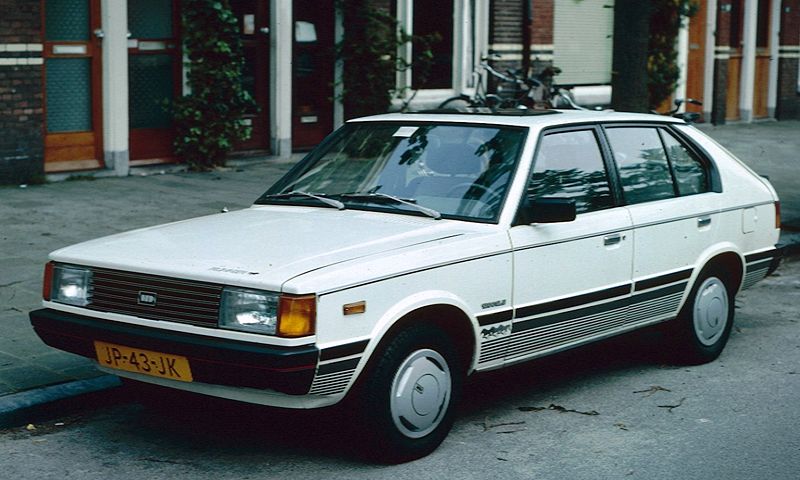 .
.
Gordon Bashford, well I found by chance more info on the man, he joined Rover straight from school in 1930 and retired in 1981 and died 1991, what’s more our Gordon had a hand in designing the P1 and a car called the scarab, he also designed the layout for the Land Rover helped with the P5 and P6 and P6BS and P8 prototypes, the Gas Turbine, the Range Rover and the SDI.
In addition he gave advice on automotive problems for other companies.
Obviously when we come back to Rover, Gordon will be mentioned again until then “Thank you”
Ted Lay tedlay@gmail.com
Filed Under: News with 0 Comments
REMEMBER WE HAVE OUR CLUB MEETING THIS TUESDAY NIGHT AT O’LOUGHLINS GAA CLUB AT 8.30
WITH LOTS TO TALK ABOUT AND TO GET READY FOR ” DANESFORT 2010″
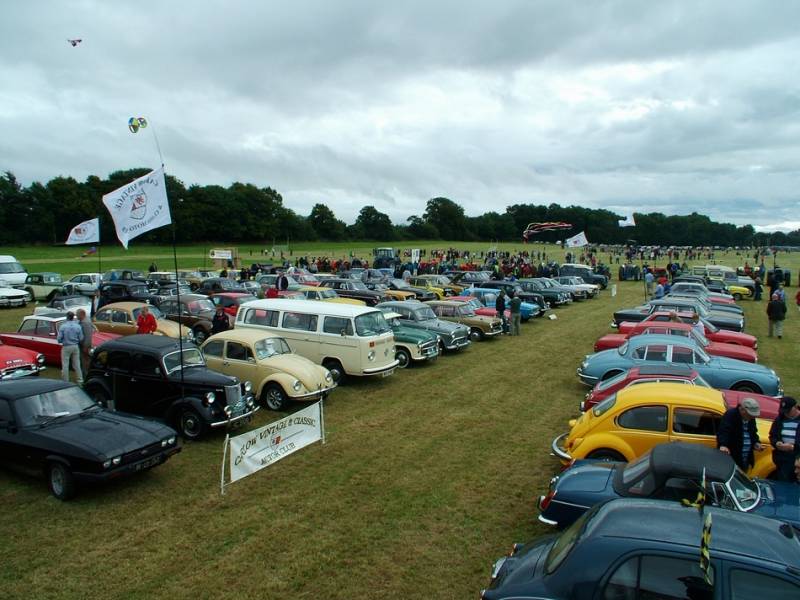
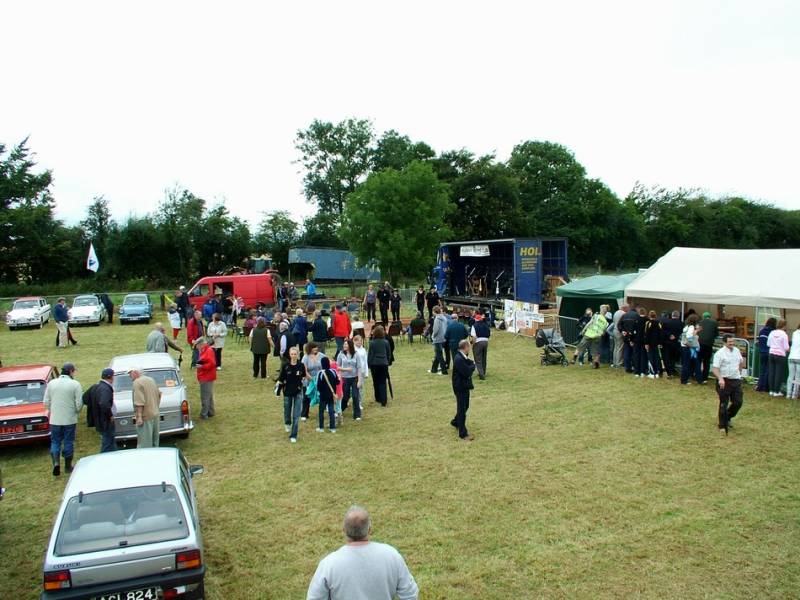
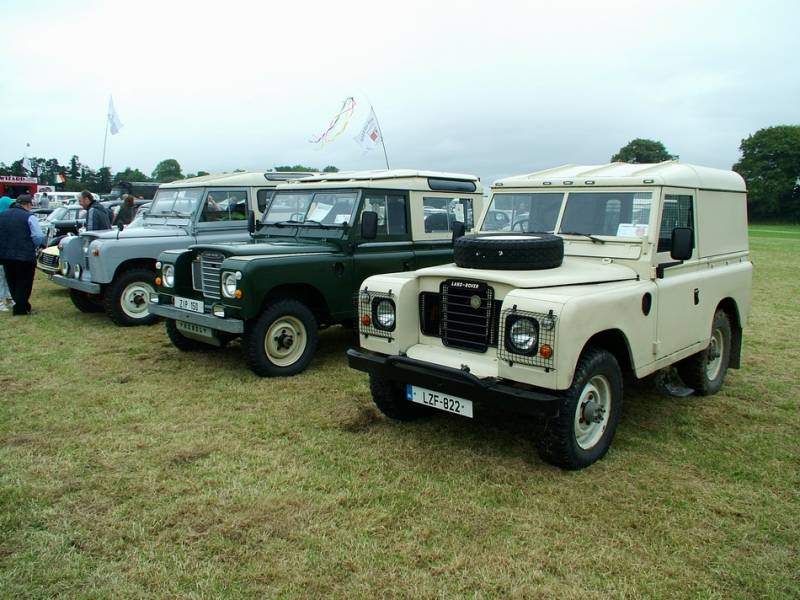
Filed Under: News with 0 Comments
It was definitely Tuesday 29th June, I remember the day well, having just read that you and I will shortly no longer be able to buy a box of dozen eggs or anything else for that matter which comes in dozens, our friends in Brussels have decided it will be only legal to sell 10’s. There is a theory circulating, which of course I could not possibly subscribe to, which is as our continental friends have only ten finger’s, after which they get confused, do we need them?
Well it was on this momentous day that I happened to be standing in our yard waiting for our son-in-law to arrive to pick up the grandson who had of course been the usual confusion, when I heard the roar of Noel’s Caddy van, on my way to the gate I stopped a superb looking black P4 Rover purred past, it might have been a 105, it was gone so fast I couldn’t get to the gate to see. It was heading in the direction of Ballykeefe, I have made a few subtle enquiries and a name has been put forward but we do not have sufficient evidence, however a few months ago a red Jensen interceptor passed heading in the same direction. Can you add to this story?
As a result I decided why not write about the P4, in fact there was at least 8 different P4’s, however my search started looking for the designer, no doubt you have put two and two together by now, yes Gordon Bashford, in fact he designed the model before, the P3 he also had a hand in developing the Range Rover, but there the research came to a stop, nothing about his early years and after the Range Rover nothing.
The Rover Company was one of the most successful of British Automobile manufacturers, the Wilkes Brothers took over the running of the company round about 1932 when it was in dire straights and they stopped at the helm until the early 1960’s when Rover was almost awash with money, so much so they invested in Gas Turbine power, it has been muted that had Rover not become part of the Leyland’s crumbling empire they might well have taken over BMW rather than the other way round
The P3 burst on to the scene in 1948, it looked like the pre-war 12 and 16, however it had many new panels though retaining the wings and bonnet from the older models, it did sport the new Rover engine which now had overhead inlet and side exhaust valves. Two versions were available a 4 cylinder 60, bored out to 1595cc and a 6 of 2103cc for the 75.
This first post-war model was only intended as a stop gap until the p4
Came on the scene, but nevertheless car starved Britain took 9111 of these models.
The independent front suspension was new for Rover though they still had the hydraulic come mechanical brakes. The chassis was also new.
The engine and gearbox were used in the new Land Rover first series.
One might wonder why Rover’s did not suffer the indignity of tin rot, well not to the degree of some of the other marques, it’s a good story, apparently steel being in short supply old and damaged ships were being recycled, fantastic idea except that they were often very rusty through being at sea etc, the wise board at Rover said no, we prefer to make fewer cars, so that is an interesting fact.
The P4 – 60 made between 1954-1959
75 1950-1959
90 1954-1959
80 1960-1962
95 1962-1964
100 1960-1962
105 1957-1959
110 1962-1964
Going backwards the 110 had a Westlake Head, which ensured the car developed 123BHP with a 100mph top speed, petrol consumption peaked around 18-23mpg, the 110 had a 60/40 front to rear weight distribution which gave excellent road holding for such a large and heavy car.
There were two 105’s the S and the R, the S indicating syndromes and the R overdrive, in truth it was in reality a twin canb version of the 90, and subsequently it almost reached 100 mph, the R was dropped in 1959 and the S continued for another year as the 105, 3500 models made as auto’s and 7170 manuals.
100, was well sold 16621 came out of the factory, it had a 7 bearing crankshaft and the engine was bored out to 2625cc giving 104 bhp, you also got servo assisted disc brakes and a rear axle widened to maintain the track.
The 95 produced in 1963 alongside the 110, but due to delays of the 2000P6 the same power unit as the 100, though BHP quoted as 102 and top speed in the region of 93mph, to a degree such data is not important for a series of cars known as the most british of british cars, in 1964 the doors, boot lid and bonnet changed to steel, only 3680 95’s made, the last P4 to come out of the factory is reputed to be a 95, however there is a certain amount of contention as to the truth of this statement.
Like all things there are dirty deeds, when Leyland took over Rover they added another luxury car to their range having already got Jaguar, Rover had been eating away at the Jaguar traditional market, this apparently did not suit Wm Lyons former Jag boss and now on the board of Leyland, tactfully he made sure Rover was not going to be the prestige car of the group, and another thing we got Lord Nuffield of Morris fame, the Lord Rootes of Hillman etc, Sir Donald Stokes Triumph, Sir Wm Lyon’s Jaguar so on and so, but notice but no one from Rover got a title for their efforts and this is despite the so called upper echelons of society in Britain using Rover cars, in fact one Prime minister actually purchased 100 P5’s and had them stored.
To end this story from what I have learnt the Rover name together with Daimler and Lanchester, good old solid cars, are now the property of the Chinese, anyone for a Rover and Chips?
Ted Lay tedlay@gmail.com